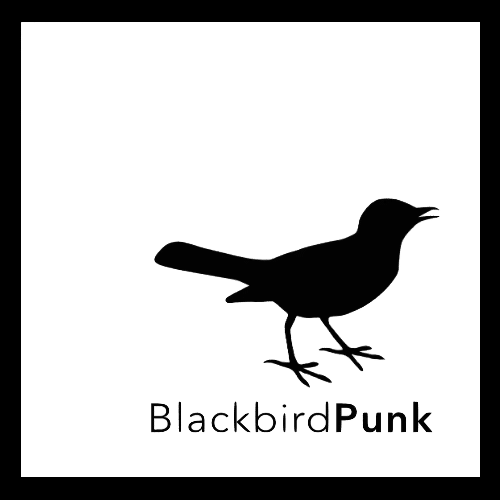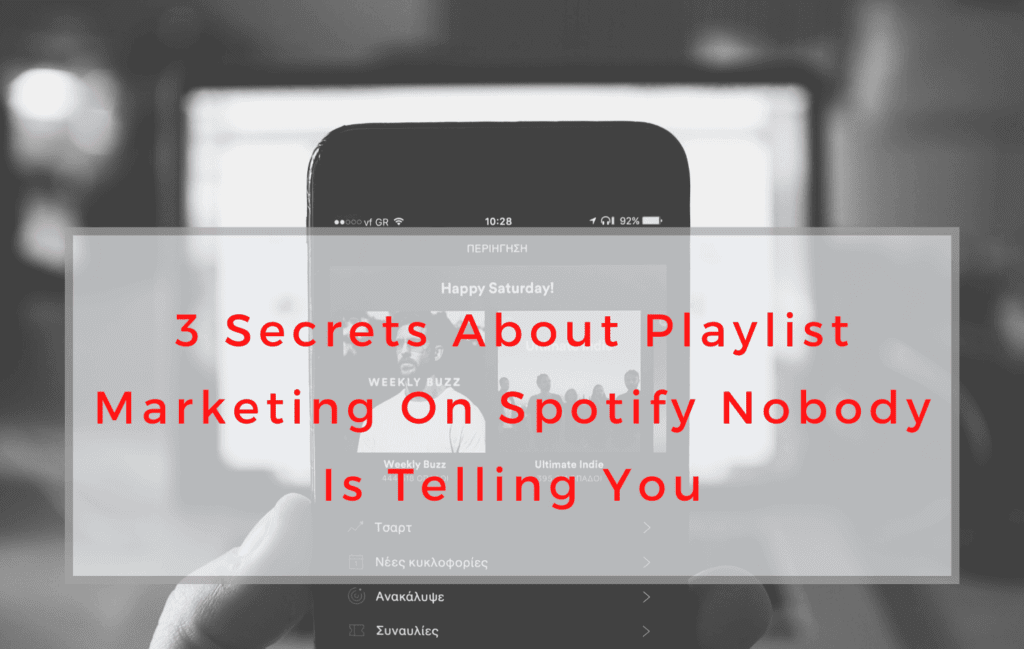Playlist marketing on Spotify is one of that myth ranked situation in the music business. Everyone a. knows what Spotify is and b. what a playlist does.
However, the trick is to get your songs on one of those longed-for playlists. As with SEO, there are many shady practises and grey zones with playlist marketing.
Be sure to only do something that you fully understand and do not buy into anyone who promises you to get you on to all the best playlists. After all, playlist marketing is like any other marketing strategy.
In fact, what you really need is a long term goal and lots of patience. What is more, tedious detail work can get you an edge in the game.
However, if you rather want a quick fix then here are 3 secrets about Spotify’s playlist marketing nobody is telling you!
Secret No.1: Find out about Spotify playlist curators for optimal playlist marketing!
If you want to get onto more playlists, then don’t be shy. Research about playlist curators, LinkedIn can be a good place for this.
If you are running a successful Spotify playlist, chances are that you are really proud of this.
In fact, many people state that in their LinkedIn profile. Then, get your pitch together and send an enticing message.
Be polite and don’t stress out if someone doesn’t write back immediately. They get a lot of messages. It’s important that you have all your social media ready and preferrable a sleek YouTube Channel.
That way, the playlist curator can see that you are here for the real talk! I hear you, who is the biggest playlist curator on Spotify?
Well, Spotify! This is crazy, as a matter of fact, the biggest playlist curator is Spotify itself.
Of course, they run all the so-called ‘editorial playlists’. That means those playlists get fed directly by Spotify.
They use the algorithm called ‘Echo Nest’ and a refined tool named ‘Truffle Pig’. Especially the ‘Truffle Pig’ is important for the editorial team to determine if a track fits a certain playlist.
Secret No.2: Take care of the tracks!
What does this means? It means that every streaming platform has a slight difference in overall genre preferences.
Spotify is arguably very pop-centric. Here’s the kicker, if your music is distinctly anti-pop you might want to focus on other platforms.
However, if you hit the pop mainstream centre-right and middle then go full on to playlist marketing on Spotify.
Spotify is clearly geared toward frontline pop hits, with its Today’s Top Hits playlist absolutely dominating the platform
*source: Chartmetric
Also, think smart about the tracks you are submitting to Spotify. Most of the time, you will probably use a distribution platform like CD Baby for delivering the music.
And there is nothing wrong with this. Important to realise, very often you can’t differentiate tracks being delivered to one platform but not another.
That is why it is really smart to have music streaming in the back of your mind when being in the recording studio. While there, try to produce shorter songs, packing them into longer albums.
This way, you have more material to trigger the algorithm. Another key point, streams on Spotify only count into the payout after 30 seconds of listening.
Tracks only count into royalty payout if listened for more then 30 seconds
If your listener has skipped the song after 20 seconds you won’t get any royalty on this. Royalty payouts are already super little.
If you miss out on a lot of streams due to people skipping it won’t get any more. Whenever possible, try to make the first 30 seconds as entertaining, captivating and engaging as possible.
This might be against your natural instinct, however, if the goal is to get into playlists, then you need to bite the bullet!
Curators and streamers alike want to be captivated by a new song in under 30 seconds. Make your song flow well, but also don’t waste time during the first crucial seconds of a song.
*source: Digital Music News

Secret No.3: Work your distributor and try to be nice to them in order to nail playlist marketing
As mentioned above, you need some sort of distributor to get your music delivered to Spotify. That is to say, the distributor has some kind of connection to Spotify in order to get your tracks into their realm.
However, different distributor settings mean a different level of attention and care for your case. If you use a platform distributor where you just pay a little fee and upload your music without curation and/or selection then you might not be the only one.
What does that mean? It means that when your platform has many thousand uploads in a week, they will be very limited on what they can do to every single release in terms of pushing Spotify.
Distribution platforms see many uploads each week
On the other hand side, it can be much harder to start working with a selective distributor. Once in there, you might recognize better chances of getting featured on Spotify due to the hard work your distributor is investing in your case.
Listen, I’m not here to tell you what option is the best. I just want to be honest so you can make the best decisions for yourself.
Most distributors have direct deals with Spotify, which means at least one person at your distributor speaks directly to someone at Spotify. There are always different brand deals and playlists opportunities that can pop up only via your distribution company.
*source: Digital Music News
Here you go! 3 secrets about Spotify playlist marketing. I hope they helped and you got a better understanding of the matter.

